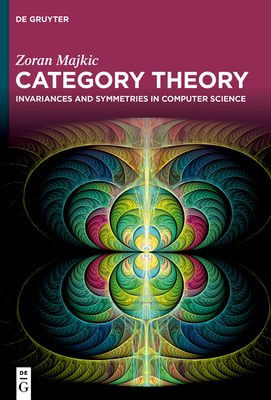

Most ebook files are in PDF format, so you can easily read them using various software such as Foxit Reader or directly on the Google Chrome browser.
Some ebook files are released by publishers in other formats such as .awz, .mobi, .epub, .fb2, etc. You may need to install specific software to read these formats on mobile/PC, such as Calibre.
Please read the tutorial at this link: https://ebookbell.com/faq
We offer FREE conversion to the popular formats you request; however, this may take some time. Therefore, right after payment, please email us, and we will try to provide the service as quickly as possible.
For some exceptional file formats or broken links (if any), please refrain from opening any disputes. Instead, email us first, and we will try to assist within a maximum of 6 hours.
EbookBell Team

4.8
94 reviewsThis book presents the formal definition of fundamental transformations in Category Theory as a mathematical language to be used in Computer Science modelling. The book focuses in particular on models with Global and Internal symmetries (in analogy to Field Theories like Quantum Mechanics and General Relativity). The second part of the book is dedicated to more advanced applications of Category Theory to Computer Science.
Mathematics, rightly viewed, possesses not only truth, but supreme beauty—a beauty cold and austere, like that of sculpture, without appeal to any part of our weaker nature, without the gorgeous trappings of painting or music, yet sublimely pure, and capable of a stern perfection such as only the greatest art can show. The true spirit of delight, the exaltation, the sense of being more than Man, which is the touchstone of the highest excellence, is to be found in mathematics as surely as poetry. - Bertrand Russel, p. 60, The Study of Mathematics
Obviously, the more general and important properties (“Lagrangian”) of a given category are its universal categorial properties, like its universal arrows. This intuitive idea, shortly presented, here will be presented in much more details and in relationships with a number of applications in Computer Science, especially with the more recent developments presented in my book.
In computer science, the lambda calculus made its first appearance in programming language LISP, which has been also the first formal programming language to use the procedures as objects of the language. Consequently, in LISP the programs and data are not distinguished, but they are all elements of a unique untyped universe. Anyway, in each programming practice, the types arise naturally, even starting from untyped universes, when the programming objects are categorized according to their usage or behavior.
…